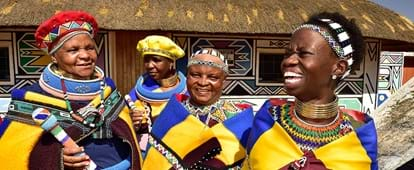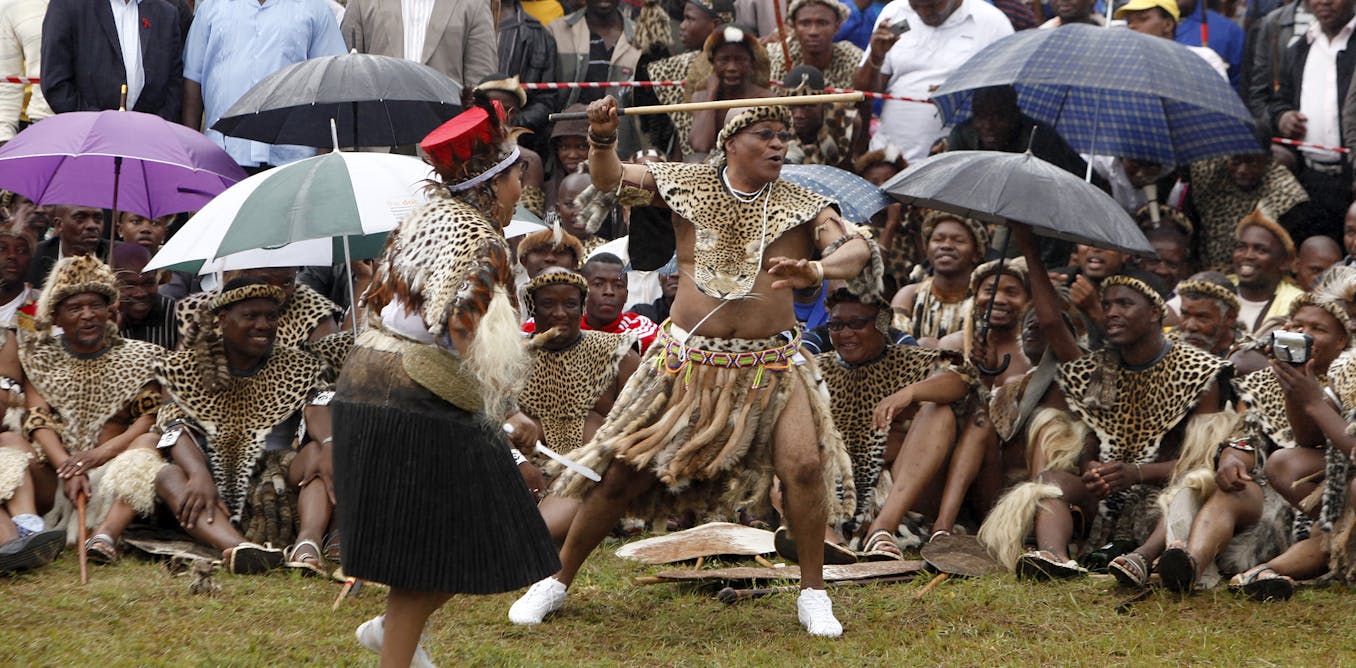South African Culture Today Fundamentals Explained
South African Culture Today Fundamentals Explained
Blog Article
Some Ideas on South African Culture Today You Need To Know
Table of ContentsSouth African Culture Today - QuestionsSome Known Questions About South African Culture Today.The Facts About South African Culture Today RevealedSee This Report on South African Culture TodayAn Unbiased View of South African Culture TodaySouth African Culture Today Can Be Fun For Everyone
A matter of significance in Zambian towns is the passing away of liked ones. All participants of the town placed money, time and initiative with each other for the funeral of the deceased.Throughout the grieving duration; men remain outside the home and the ladies stay inside your home of the deceased. After speaking about the deceased, the village strolls to the place of burial to claim their last farewells. Music and dancing is a really important facet of the Zambian society. The numerous tribal systems have their own dance forms; nevertheless, makishi is usual amongst all people.
10 Easy Facts About South African Culture Today Described
When it involves music, drums are used one of the most, with a range of drumming events. In Zambia, majority of individuals are Christian; Protestant and Roman Catholic. There are small teams of Muslims and Hindus, with the remainder following regional indigenous tribal ideas.

South African heritage and society is profoundly diverse, and contains various groups of individuals that each have their very own practices and ideas. Having such a diversity of individuals and cultures is what makes South Africa so distinct. In real sense of the expression, we are a rainbow nation.
South Africa has around 3 hundred thousand Portuguese people staying in it. Making it the 7th on the checklist of countries with one of the most Portuguese individuals in it beyond Portugal. Portuguese is not just a society, but it is also a language and a citizenship. Portuguese people originate from the nation of Portugal in Europe, however, as a result of Portugal (like several various other countries in Europe) exploring the globe and dominating various other countries throughout the 15th 20th centuries, South Africa has what we call Portuguese South African's living in it.
The Best Guide To South African Culture Today
Amongst the prominent attributes of the topography is a plateau that covers practically 2 thirds of the facility of the country. The plateau complicated increases toward the southeast, where it culminates in the Drakensberg array, component of a cliff that divides the plateau from the coastal areas. The Drakensburg consists of Champagne Castle, the highest possible peak in the country.
The area north of the Witwatersrand, called the bushveld, inclines downward from east to west toward the Limpopo River, which develops the global boundary. The western section of the plateau, the middleveld, likewise descends towards the west and differs in elevation between the highveld and bushveld. In between the Drakensburg and the eastern and southern coastline, the land comes down to the sea.
Nearer the coastline there is a low-lying level called the eastern lowveld. Southwest of the plateau the country becomes progressively a lot more arid, providing method to the stony desert of the Great Karroo, approached the eastern by the reduced, better watered plateau of the Little Karroo. Separating the completely dry southerly interior from the sandy littoral of the southern shore and West Cape is one more array, the Langeberg.
The 6-Second Trick For South African Culture Today
The nation's racially, ethnically, and politically split history has actually generated national and subnational signs that still work as signs of the country, and others symbols that are approved only by specific teams. The monoliths to white inhabitant occupation and political Read Full Report supremacy, such as the Afrikaner Voortrekker ("pioneer") Monolith in Pretoria and the Rhodes Monument recognizing the British colonial realm contractor and Cape prime minister Cecil Rhodes, stay sectarian icons.
The initial modern residents were the San ("bushman") hunter-gatherers and the Khoi ("Hottentot") individuals, that herded animals (South African culture today). The San might have been present for thousands of years and left evidence of their existence in hundreds of old cave paintings ("rock art"). Bantu-speaking clans that were the forefathers of the Nguni (today's amaZulu, amaXhosa, amaSwazi, and vaTsonga individuals) and Tswana-Sotho language teams (today's Batswana and Southern and Northern Basotho) moved below eastern Africa as very early as the fifteenth century

Both previous republics of the Orange Free State and Transvaal (South African Republic) were established by Afrikaner useful link settlers who defeated and dispossessed the Basotho and Batswana. Lesotho would have been forcibly integrated right into the Orange Free State without the expansion of British protection in 1869. The utmost unification of the nation resulted from the South African Battle (18991902) in between the British and the two Afrikaner republics, which minimized the country to destroy at the start of the twentieth century.
Afrikaners historically considered themselves the just true South Africans and, while giving full citizenship to all locals of European descent, refuted that status to individuals of shade till the democratic change of 1994. British South Africans preserve a sense of social and social link to Great Britain without damaging their identification as South Africans.
The 30-Second Trick For South African Culture Today
The diversity and fragmentation within ethnic groups and the balance of tensions between those groups during the twentieth century avoided interethnic civil conflict. While intergroup tensions over resources, entitlements, and political dominance remain, those disputes are as likely to match Zulu versus Zulu as Zulu against Xhosa or African versus Afrikaner.
From colonial India, British vendors and administrators brought the curved metal ornamental roof coverings and slim shoelace job pillars that still represent the Read Full Article outdoor patios of homes in the areas and cities throughout the country. Homes of worship add an essential architectural element also in the smallest communities. In enhancement to the skyrocketing steeples and traditional stonework of Afrikaans Dutch Reformed churches, Anglican churches, synagogues, mosques, and Hindu temples give selection to the religious building scene.

Slaughtering and the developing of conventional grain beer are crucial in safeguarding the involvement and a good reputation of the ancestors who are considered the guardians of good luck, success, and well-being. Indian areas preserve their native cooking customs and apply them on Islamic and Hindu routine and ritualistic events. Afrikaners and Coloured individuals collect at weekend breaks and special occasions at multifamily barbeques called braais, where area bonds are enhanced.
Because this was the key economic business of both black Africans and white homesteaders, conflict in between those teams fixated the property of grazing land and livestock. In 1867, the biggest diamond deposits in the globe were found at Kimberley in the west main area. The wide range from those areas helped fund the exploitation of the biggest gold reef worldwide, which was found on the Witwatersrand in 1886.
Facts About South African Culture Today Revealed
This resulted in misunderstandings and calculated misrepresentation in the transactions of white inhabitants and federal government authorities with African principals throughout the colonial duration (South African culture today). In the establishment of African books, some elements of common and primarily "tribal count on" land period were maintained, and also in white rural locations, forms of common tenure were still exercised in areas with African areas
After the democratic improvement of 1994, programs for land restitution, redistribution, and reform were set up, but progress has been slow-moving. The white minority still controls eighty percent of the land. Following agricultural land invasions in Zimbabwe, the Division of Land Affairs has promised to speed land redistribution.
Report this page